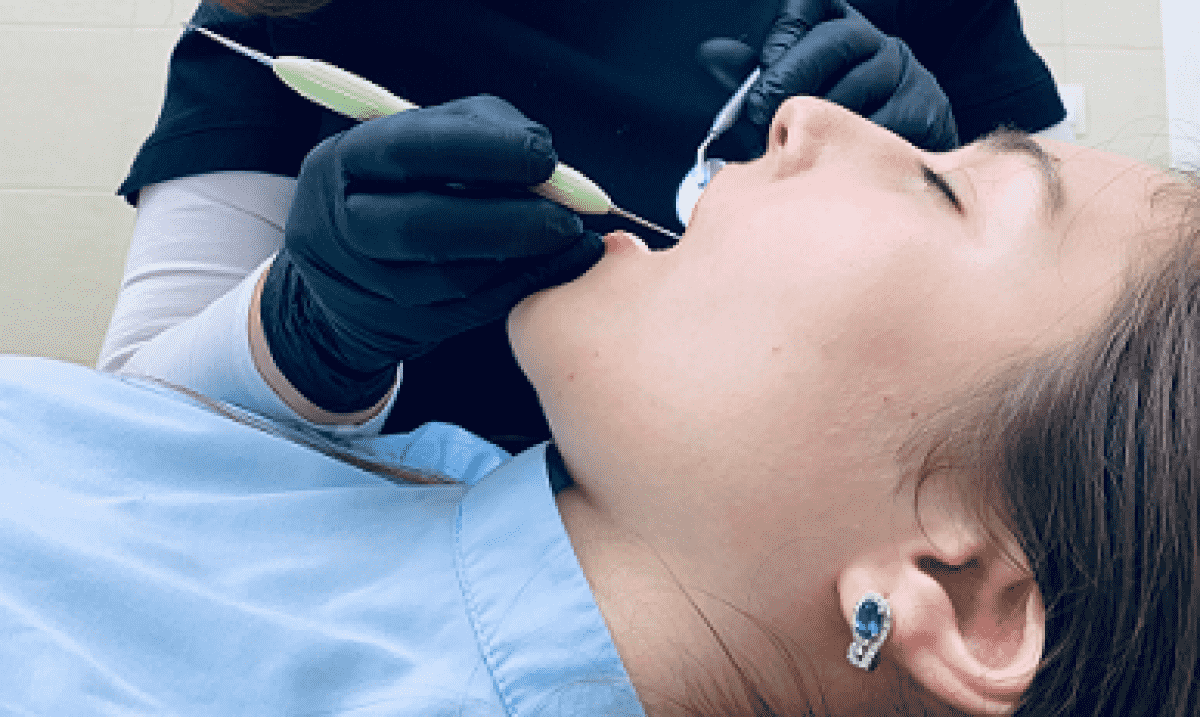How Effective Is Deep Cleaning?
- - Category: Dental Care
- - 26 Jul, 2022
- - Views: 429
- Save

A different form of regular dental cleaning, deep cleaning goes beyond the gum line. It cleans the hard to reach spots.
All over the world, about a quarter of adults have untreated dental decay. Getting deep cleaning every year is crucial in preventing this kind of teeth and gum disease. Unfortunately, many are scared of going to the dentist. In fact, even the words “deep cleaning” is already enough to turn patients off. The good news is that deep cleaning does not have to be frightening. Read on as we talk about the whole procedure and know just effective this is compared to your regular tooth brushing and flossing.
What is Deep Cleaning?
A different form of regular dental cleaning, deep cleaning goes beyond the gum line. It cleans the hard to reach spots like the pockets and roots at the base of the tooth. There is a substance called tartar that builds up around the roots and exterior of the teeth. Left unchecked, this can lead to the development of serious bacterial infections.
Dentists use a technique called periodontal scaling and root planning to remove this substance. If the tartar cannot be removed with manual scraping, an ultrasonic removal device is used. This is the main difference between regular cleaning and deep cleaning. The process of removing tartar can be very demanding.
The whole process can last for hours and will have to be broken up into several sessions. This will ultimately depend on the severity of the case and the sensitivity of the teeth. Although deep cleaning sounds tedious, it is actually an important part of fighting dangerous infections. Left untreated, it can develop into a worse condition and require root canal.
When to Get Deep Cleaning?
There is no set answer on how often you should get deep cleaning, so it is recommended that you schedule dentist appointments as recommended by your dentist. The reason for this is because every unique case needs a different approach. In these visits, the dentist will recommend if you should get deep cleaning or not.
One sign that you need it is by checking for gum disease. This is done by measuring how far the gums pull away from the teeth. Any pocket measuring over five millimeters deep will need immediate deep cleaning. Other symptoms to watch out for include bleeding gums, swelling gums, pus in the gums, foul breath and bruising around the gums.
Gum disease happens when bacteria get inside the pockets and roots of the teeth. There are certain kinds of gum disease that will need additional requirements. Also, it is recommended that you get deep cleaning if it has been more than six months since you have had your appointment with your dental hygienist.
How Does Deep Cleaning Work?
Deep cleaning is also used to see if the person has periodontitis or gingivitis. After this, the dentist will start the scaling process to remove the tartar from the teeth. If needed, an ultrasonic tool is also used. After this, the teeth are given some polishing using gritty toothpaste before an air polisher is applied to smooth out the teeth. The dentist may also do some flossing. Finally, fluoride treatment is applied to re-mineralize the teeth enamel.
After the cleaning, you will experience some soreness in the gums. Thus, it helps to avoid hard, crunchy, hot, sticky and acidic foods. If you have sensitive teeth, it is also recommended that you brush with toothpaste. Expect some bleeding when you start brushing, but this should not last long. If you can, avoid brushing the affected area. Also, wait at least a week to start flossing so you do not agitate the gums. If you notice swelling, wash with a saltwater solution.
